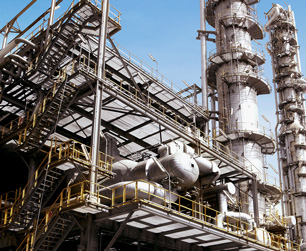NDMA (N-Nitrosodimethylanime)

N-Nitrosodimethylanime, usually called NDMA, is a hazardous by-product of inadvertent chemical reactions that can occur in a wide range of industries. According to the World Health Organization:
NDMA may be present in discharges of such industries as rubber manufacturing, leather tanning, pesticide manufacturing, food processing, foundries and dye manufacturing, as well as in sewage treatment plant effluent. Almost all of the releases are to water.
NDMA can also form in municipal water treatment, when water containing a precursor chemical (commonly DMA) is treated with chloramines.
Health Effects of NDMA
According to the WHO, animal studies have shown NDMA to be highly toxic and a “potent carcinogen,” causing acute effects on the liver, blood and other organs. The primary health concern of long-term exposure is cancer. Although studies in humans have been limited, NDMA is classified as “probably carcinogenic to humans.”
Water Treatment for NDMA
Reverse osmosis is only about 50% effective at reducing NDMA. Carbon filtration, the usual standby for chemical contaminants, is largely ineffective. UV can be used, but the dosage required to break down NDMA is far higher than those of standard residential UV systems used to treat bacteria and viruses. At present there is no recommended residential treatment for the reduction of NDMA. (Reverse osmosis, which is partially effective, is the best known treatment.)
Sources: WHO, Photo: WikiMedia, author: Secl
Site Index
Filtration Systems
- Aeration for Iron & Sulfide
- Backwashing Filters
(whole house & well units)
- Chlorine & Chemical Injectors
- Countertop Water Filters
- Emergency Filters
- Garden Hose Filters
- Reverse Osmosis, Residential
- Reverse Osmosis, Commercial
- Shower Filters
- Specialty Filters
- Ultraviolet Systems
- Undersink Filters
- Water Softeners
- Whole House Filters
Cartridges
Parts
- Replacement Parts
- Faucets
- Filter Media
- Fittings
- Housings
- O-rings
- Pumps
- Pura UV
- R.O. Parts
- R.O. Tanks
- R.O. Booster Pump
- VIQUA UV